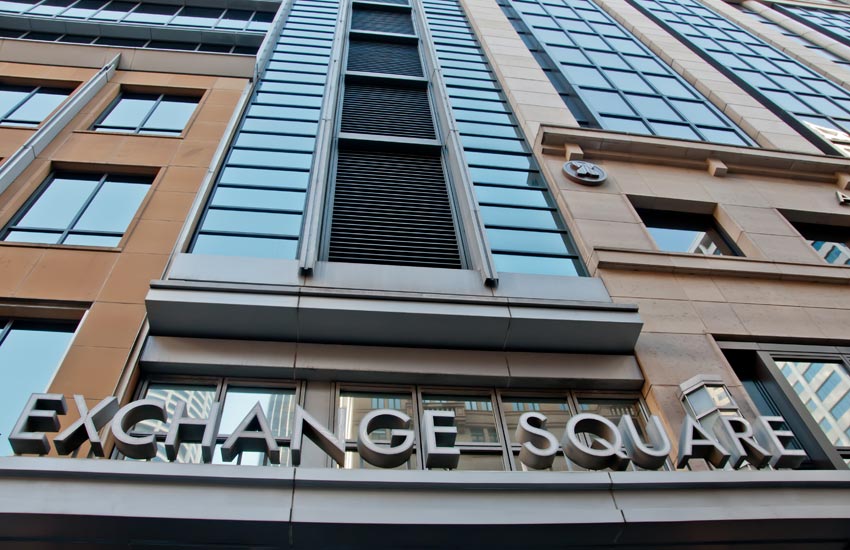The Australian Financial Review (AFR) reported that brokers are bearing high costs to adapt to the new Australian Securities Exchange (ASX) blockchain-based settlement system, CHESS. The ASX solution is now substantially complete and being tested with a go-live date of April 2023.
News about the costs came during a parliamentary hearing in response to questions from politicians. “Many of our members are spending millions of dollars in order to be able to interact with the new distributed ledger technology (DLT) that the ASX is implementing,” said Judith Fox, CEO of the Stockbrokers and Financial Advisers Association.
However, as clarified by AFR, the extent of those costs depend on how organizations plan to adopt CHESS which provides several options for connectivity.
As we noted last year, “To reap the full benefit of DLT, organizations would run DLT nodes. However, this might be too big a requirement, so instead, participants can communicate in more conventional ways using messaging standards such as ISO 20022 via AMQP and SWIFT. DLT access is free for three years, but messaging will be charged.”
There’s two sets of costs, using the system and adapting existing internal systems.
What AFR didn’t get into is that this isn’t just a straight swap. It makes sense when upgrading a system to revisit features and improve them. For example, stock exchange settlement systems have netting, and as part of the upgrade, the ASX is overhauling how the netting system works, following extensive consultation.
Since the CHESS project started in 2016, the ASX has encountered significant pushback over the new system from other ecosystem participants, particularly those firms where arguably the business model benefits from inefficiencies, such as registrars. They went as far as submitting an antitrust complaint.
Registrar Computershare was also one of the loudest lobbyists for a delay in the CHESS launch. The ASX had already delayed the CHESS launch to April 2022, but that deadline was extended by a year. Other reasons for the new date included COVID-19, the need to increase the scale of transactions that the system can support, and feature creep.
The CHESS system runs on the VMWare blockchain and uses the DAML smart contract language that HKEX and SGX are also using.






